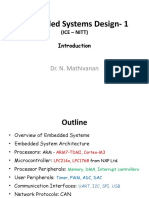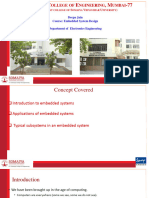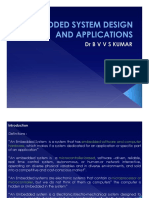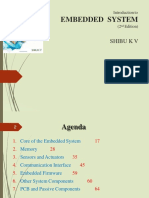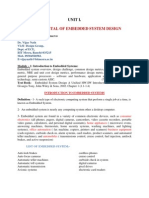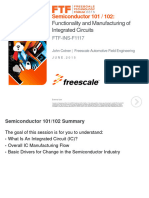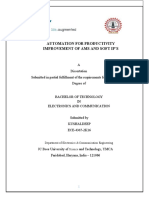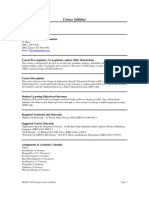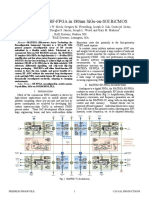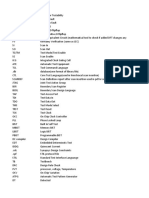0% found this document useful (0 votes)
4 views8 pages4th Module
Embedded systems serve various purposes including data collection, processing, monitoring, and control across applications like healthcare and industrial automation. They can be classified by generation, complexity, performance, and behavior, with distinctions made between microprocessors and microcontrollers as well as RISC and CISC architectures. ASICs and PLDs are specialized components used in embedded systems, with ASICs being tailored for specific tasks and PLDs offering reconfigurability for flexible applications.
Uploaded by
bhuvan2327Copyright
© © All Rights Reserved
We take content rights seriously. If you suspect this is your content, claim it here.
Available Formats
Download as PDF, TXT or read online on Scribd
0% found this document useful (0 votes)
4 views8 pages4th Module
Embedded systems serve various purposes including data collection, processing, monitoring, and control across applications like healthcare and industrial automation. They can be classified by generation, complexity, performance, and behavior, with distinctions made between microprocessors and microcontrollers as well as RISC and CISC architectures. ASICs and PLDs are specialized components used in embedded systems, with ASICs being tailored for specific tasks and PLDs offering reconfigurability for flexible applications.
Uploaded by
bhuvan2327Copyright
© © All Rights Reserved
We take content rights seriously. If you suspect this is your content, claim it here.
Available Formats
Download as PDF, TXT or read online on Scribd
/ 8


















